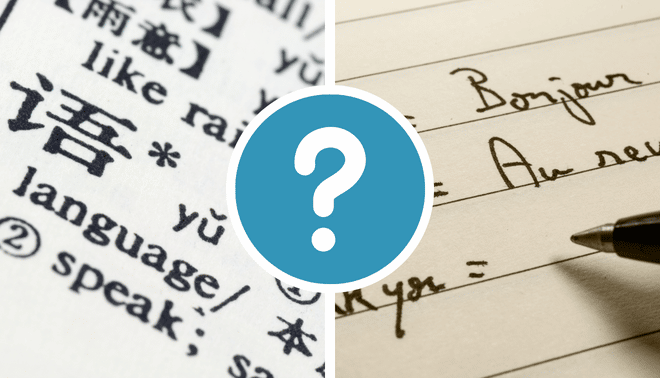Sign up for the Family Tree Newsletter! Plus, you’ll receive our 10 Essential Genealogy Research Forms PDF as a special thank you.
Get Your Free Genealogy Forms
"*" indicates required fields
It’s an age-old genealogical practice: painstakingly transcribing the details of oral history interviews, handwritten documents, tombstone inscriptions and other sources. Your typed versions capture the content of sources you can’t “copy,” and even serve as backups for fragile originals.
Whether you work with old love letters or church registers, though, creating a good typescript can be challenging. How do you represent illegible words? Should you correct “creative” spellings? Follow these guidelines to create a typescript that’s nearly as valuable—and usually more readable—than the original source.
1. Fill in the blanks.
Don’t let long-forgotten handwriting styles, inconsistent grammar and ink smudges on old documents scare you. First, make an initial pass through the document. Using a computer or word-processor, type whatever you understand at first glance. Leave asterisks (*) in place of letters or words you can’t read.
As you become familiar with the handwriting, you’ll be able to interpret more—for tough passages, try the deciphering tricks in the January 2009 issue of Family Tree Magazine. Sections that remain a mystery will be permanently marked with asterisks.
2. Stick with their spellings.
It’s tempting to correct Grandma’s grammar, clarify misstatements or delete boring parts—but type the text just as it reads. Don’t change even misspellings or abbreviations. These details give insight into the past, and add charm and individuality. When you reproduce the text faithfully, you also open the door for reinterpreting it as new research surfaces.
But you can change punctuation. Many old handwritten texts aren’t punctuated at all—or even divided into paragraphs—which would make your transcription difficult for others to comprehend. Consider making a typescript without added punctuation as your “original,” then create a readable second version with punctuation and paragraphs.
3. Re-create the appearance.
Try to duplicate visual details with your word processor’s text-formatting functions: bold, italics, strikeover and so forth. Re-create special spacing or text placement, too. If a date appears at the top right margin of the original, place it there in your typed version.
When typing columns of data—say, from an old ledger or census—consider entering it in a table or spreadsheet, if you know how to use one. Values (weights, dates) should be typed exactly as they appear: 3d or 5/12.
4. Add meaning.
Afraid your readers won’t understand 3d or 5/12? Itching to modernize a spelling? You can add your comments, clarifications and corrections in one of two ways: brackets [ ] within the text or footnotes/endnotes. If you use brackets, note that the material inside them is yours.
Finally, proofread your work. Read the original aloud slowly and check it against your document every few words. Better yet, have a partner read it to you as you follow along in your copy—this process catches a lot of mistakes.
In the end, your typescript will be true to the original content. And though your version may not seem as priceless as a faded love letter, yours will be probably be read and shared long after the first has crumbled away.
A version of this article appeared in the March 2009 issue of Family Tree Magazine.








